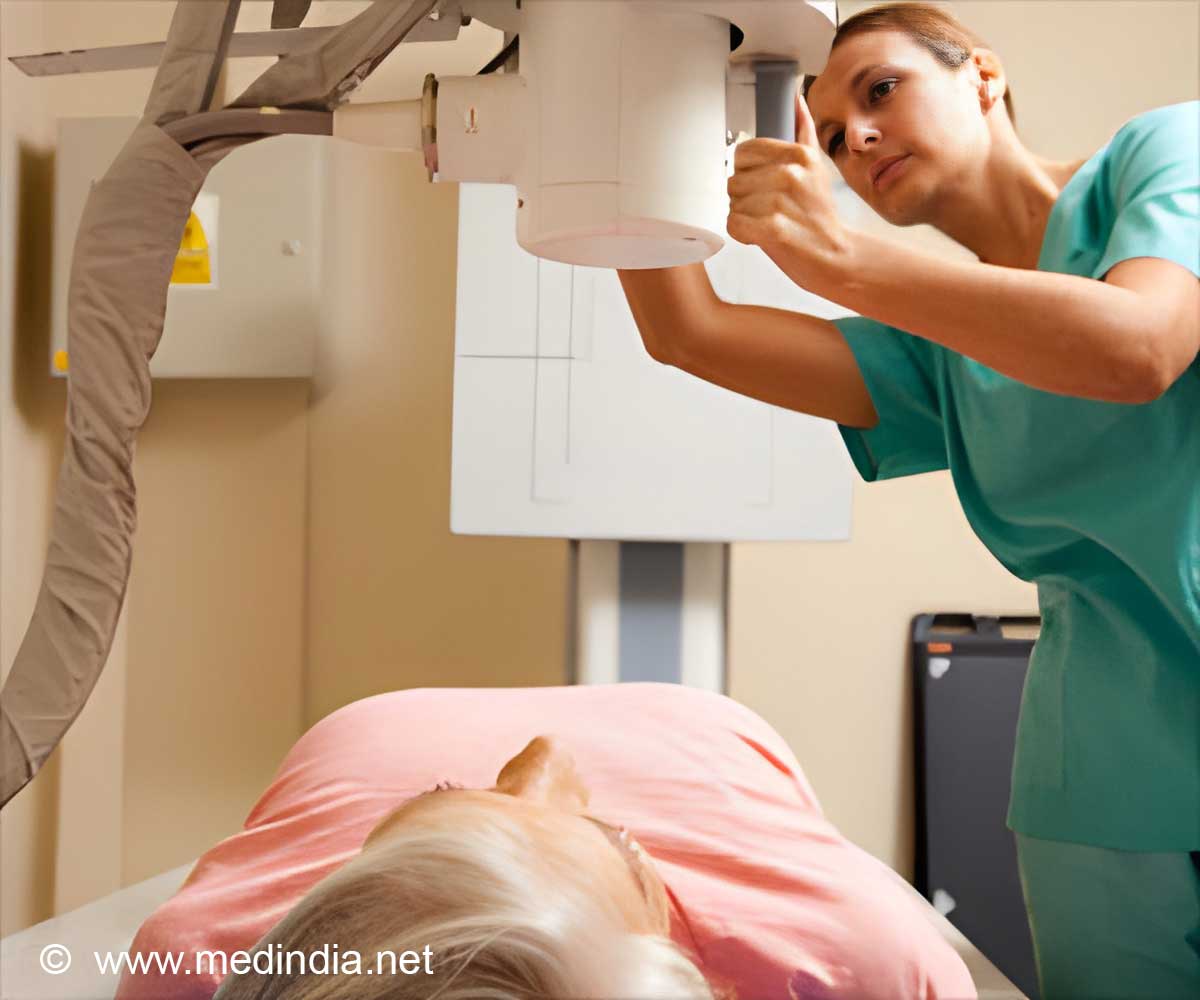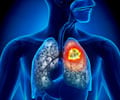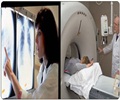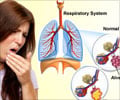Stereotactic body radiation therapy is a viable option for elderly patients who may otherwise be offered no curative treatment.

- Surgical removal of the tumor is the most viable option for early stage lung cancer.
- But the elderly, who cannot tolerate the surgery, can be treated using body radiation therapy (SBRT).
- SBRT is an external beam radiation therapy that delivers extremely targeted radiation to the tumor and limits damage to surrounding healthy tissue.
The best curative option, for such patients is SBRT, a specialized type of external beam radiation therapy (RT) that uses advanced imaging techniques to deliver extremely targeted radiation to a tumor.
This high degree of precision makes SBRT particularly effective at sparing surrounding healthy tissue, which is important for tumor sites near essential organs, such as the heart and lungs. While conventional RT takes several weeks, patients complete SBRT treatment in three to five days.
"While multiple studies and trials have established the effectiveness of SBRT for inoperable early-stage lung cancer, one of the common reasons for not giving radiation in older patients is concern about tolerating the treatment and potential side effects," said Richard J. Cassidy III, MD, lead author of the study and a resident in radiation oncology at Emory University's Winship Cancer Institute in Atlanta.
"The low rates of side effects from SBRT for this elderly population in our study indicate that these concerns should not prevent physicians from considering definitive treatment for their inoperable octogenarian and nonagenarian patients with early stage lung cancer." Cassidy III added.
A retrospective analysis of 58 consecutive patients who were aged 80 or older at the time of their diagnosis, with a median age of 84.9 years, was conducted.
Forty percent of the tumors were adenocarcinomas, while 29% were squamous cell carcinomas and 31% did not have a biopsy. Fifty percent of patients who did not have a biopsy had a previous history of lung cancer.
Survival rates were 73% for cancer specific survival (CSS) and 57% for overall survival (OS), following 2 years of SBRT for lung cancer among elderly patients.
CSS rates were higher for patients who were not active smokers but lower for patients who were older or had a previous lung cancer diagnosis.
OS rates were higher for patients with higher Karnofsky Performance Status (KPS). KPS measures a patient's functional ability to perform ordinary tasks, such as work and self-care.
Only one-third of patients or 34.5% experienced toxicity in terms of radiation pneumonitis of any grade, with only two patients experiencing grade 3+ pneumonitis.
"Our study, along with other studies, helps to show that SBRT can effectively and safely add years to the lives of elderly patients who have early stage lung cancer but cannot undergo an operation for it," said Dr. Cassidy. "Elderly patients, who are otherwise doing well, should not have treatment withheld based solely on concerns about side effects and age."
The findings are presented at the 2017 Multidisciplinary Thoracic Cancers Symposium.
Source-Medindia















